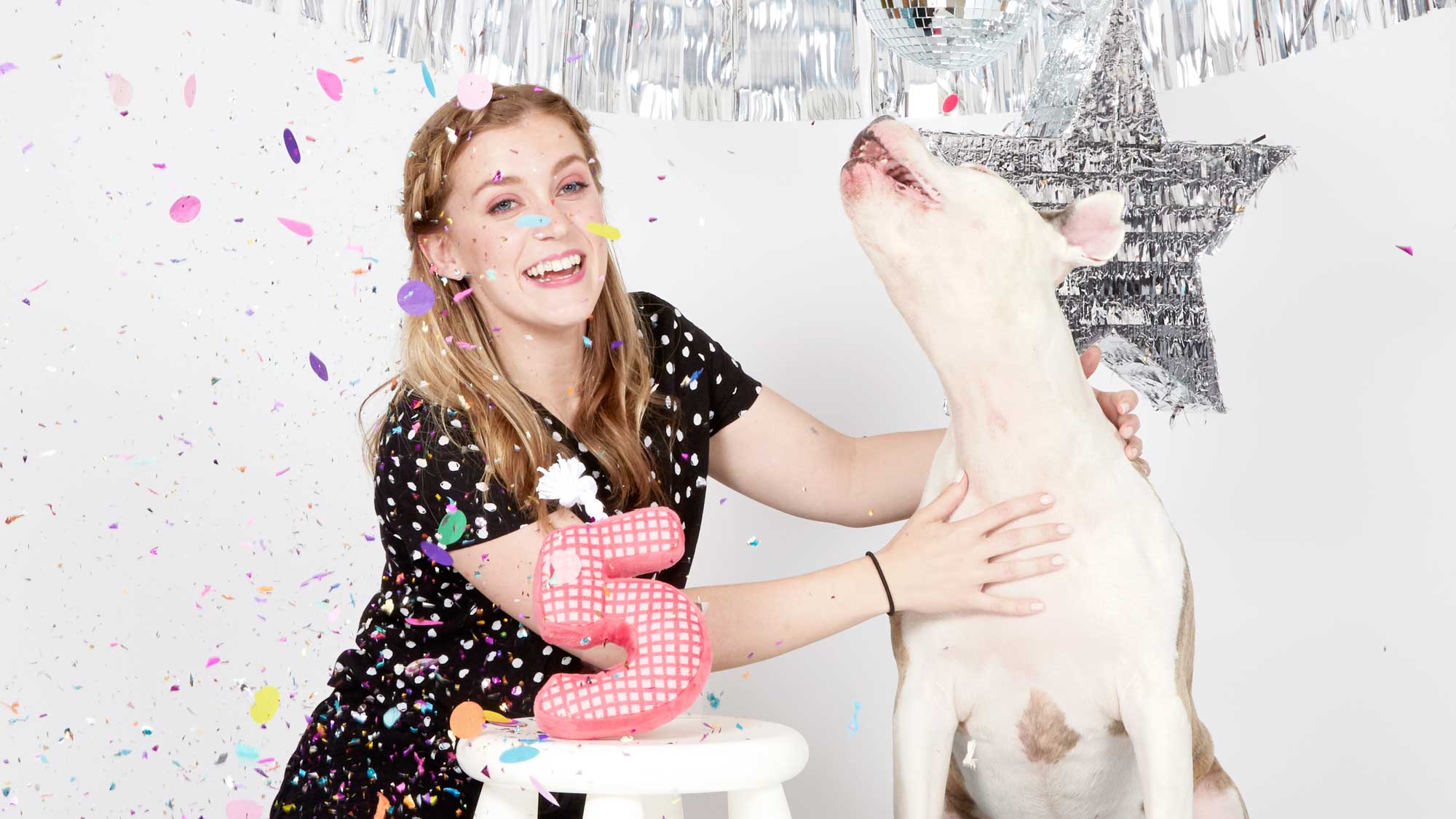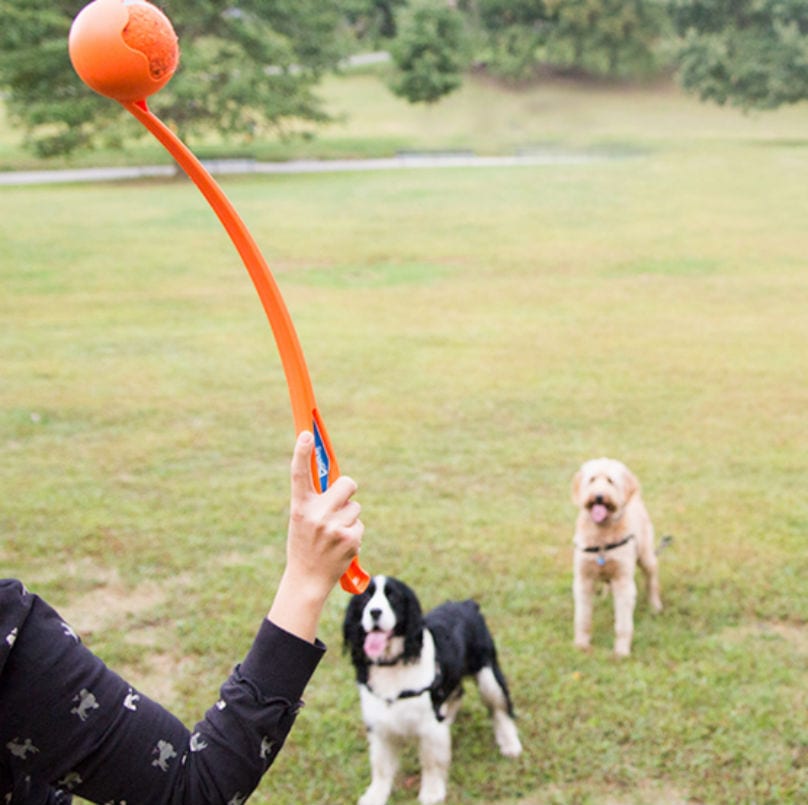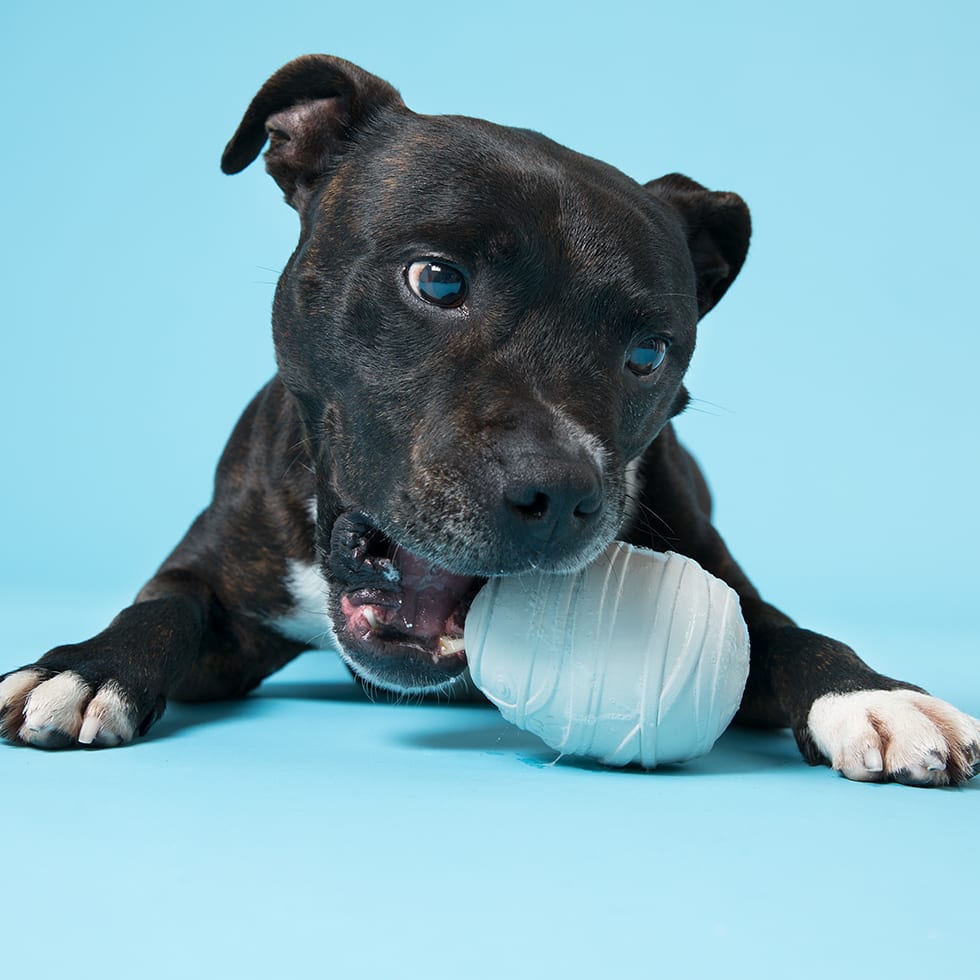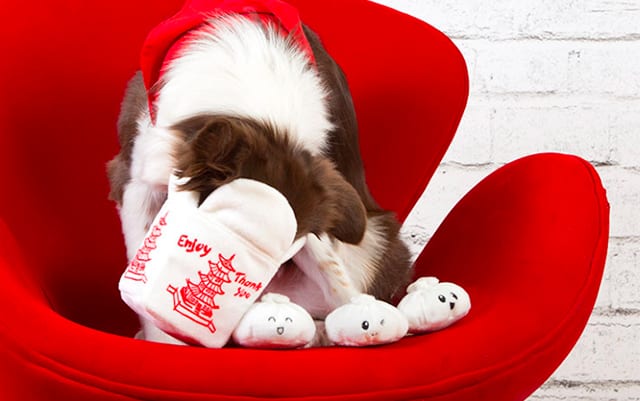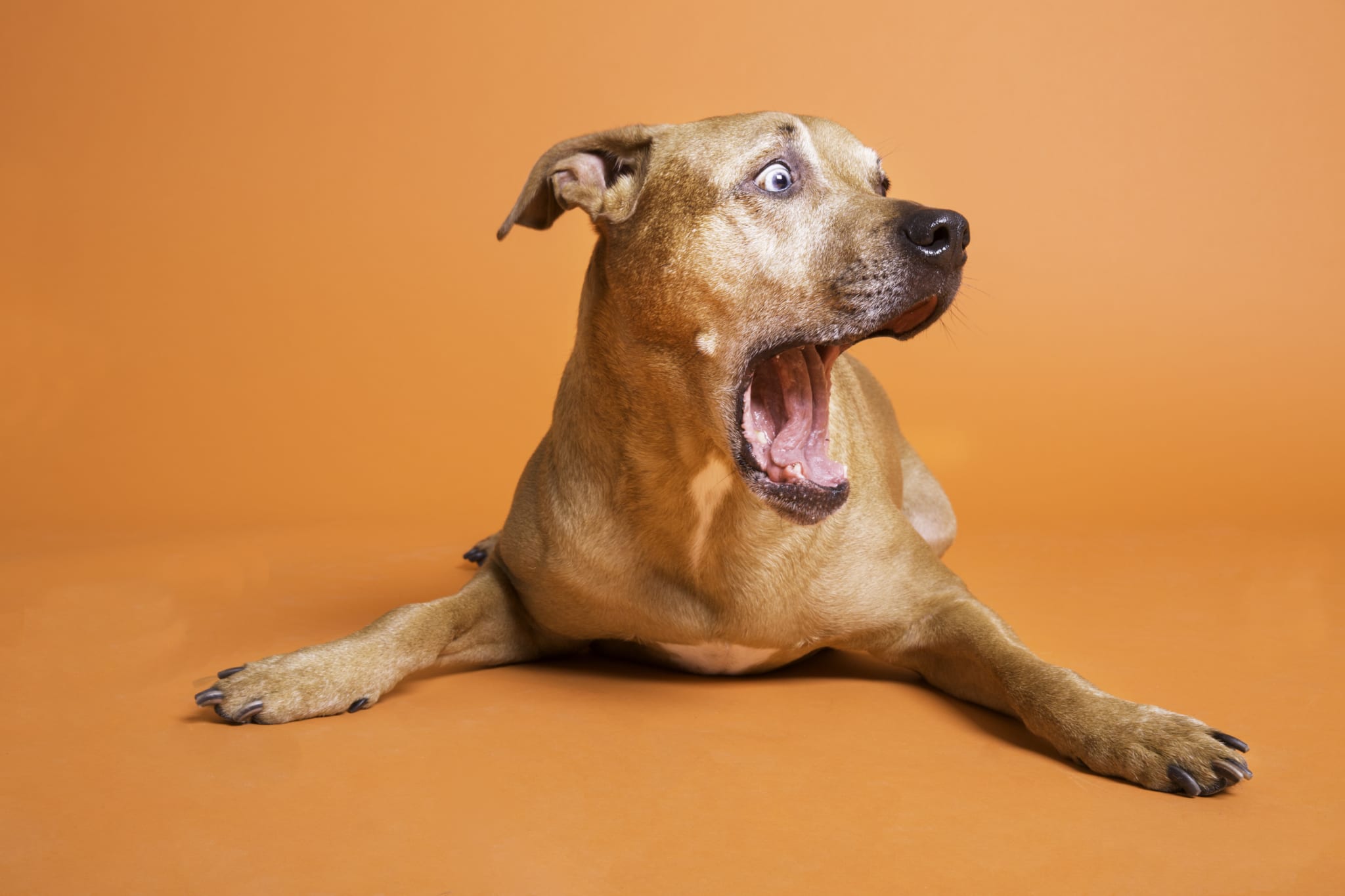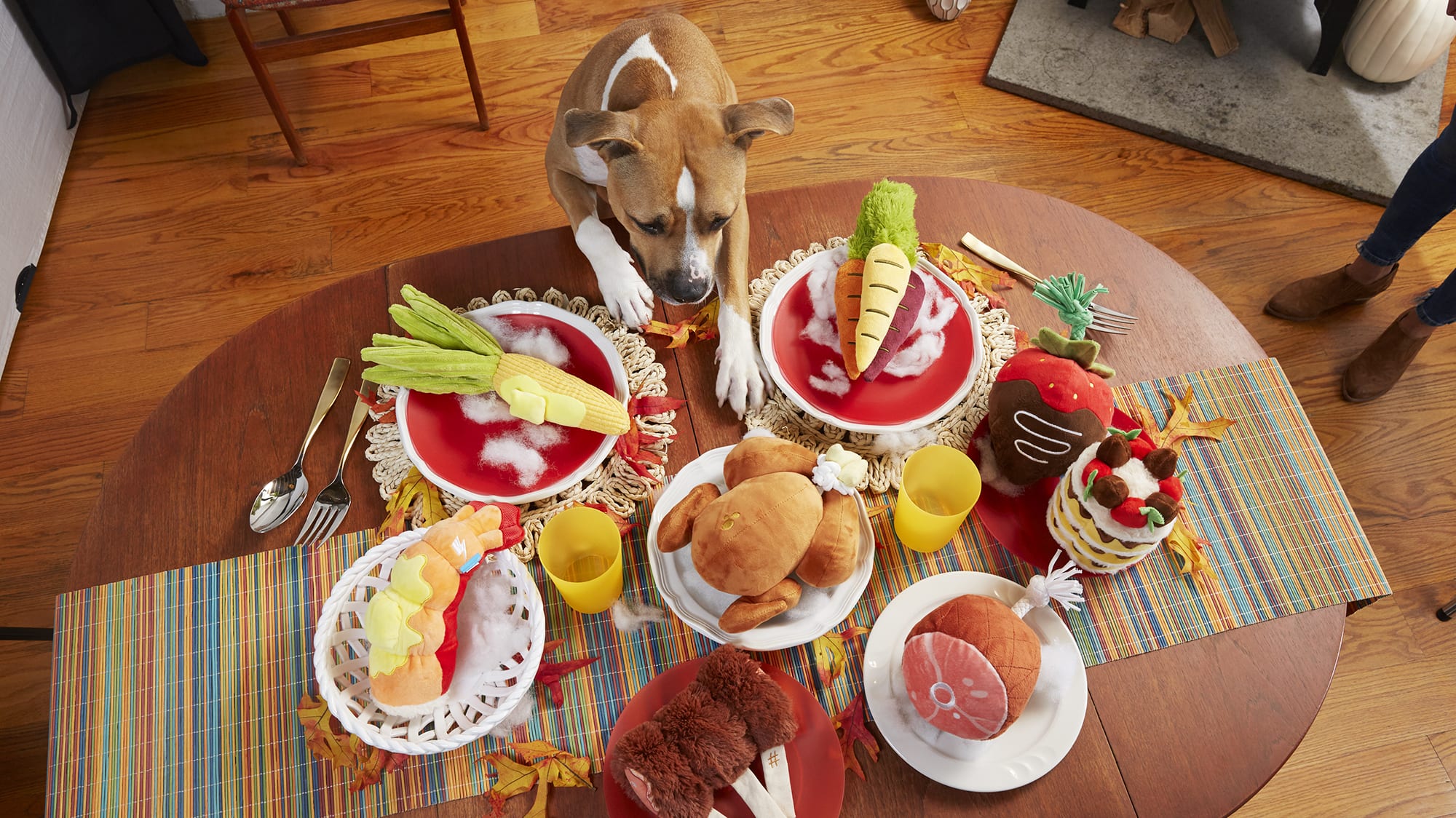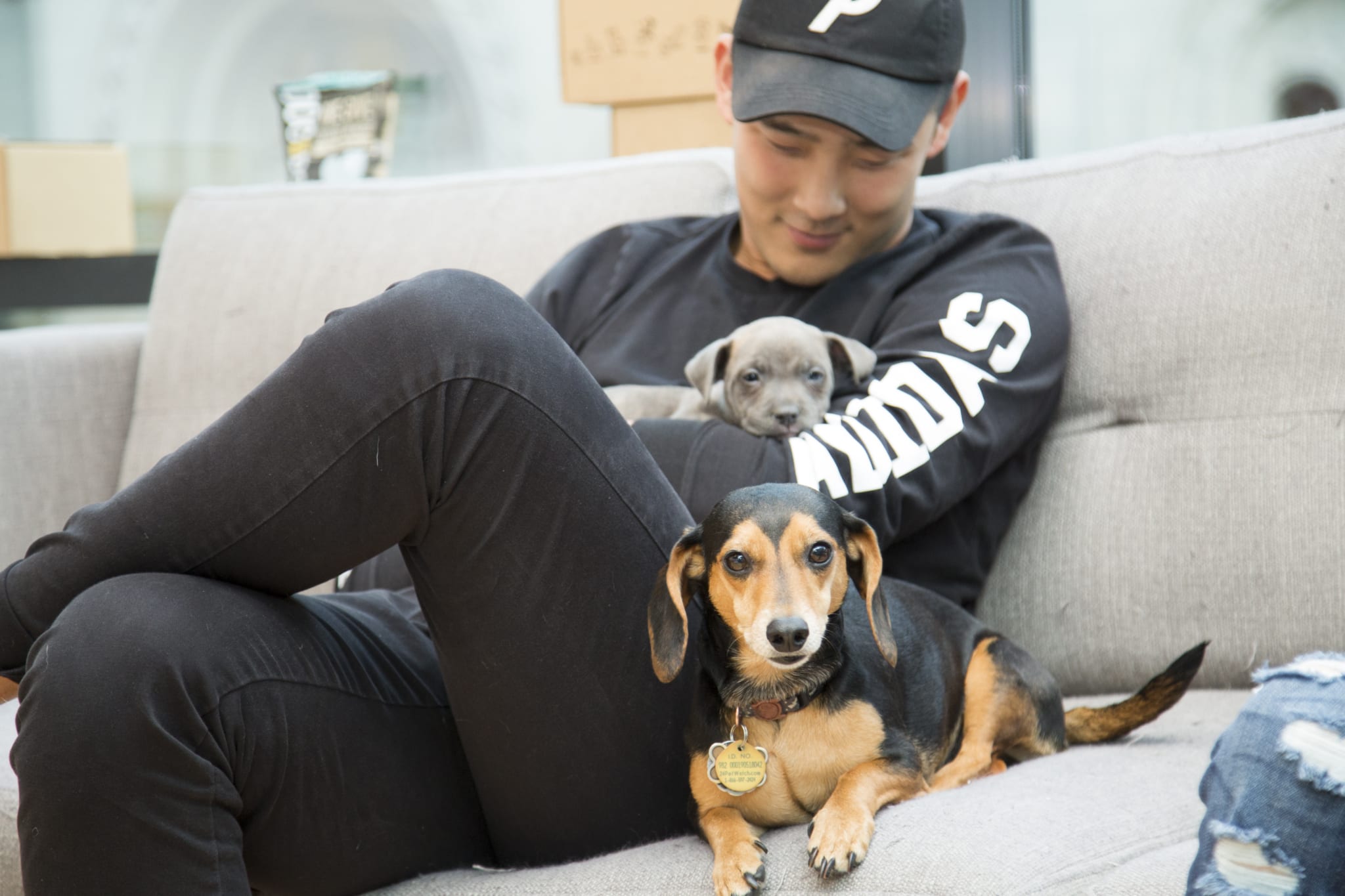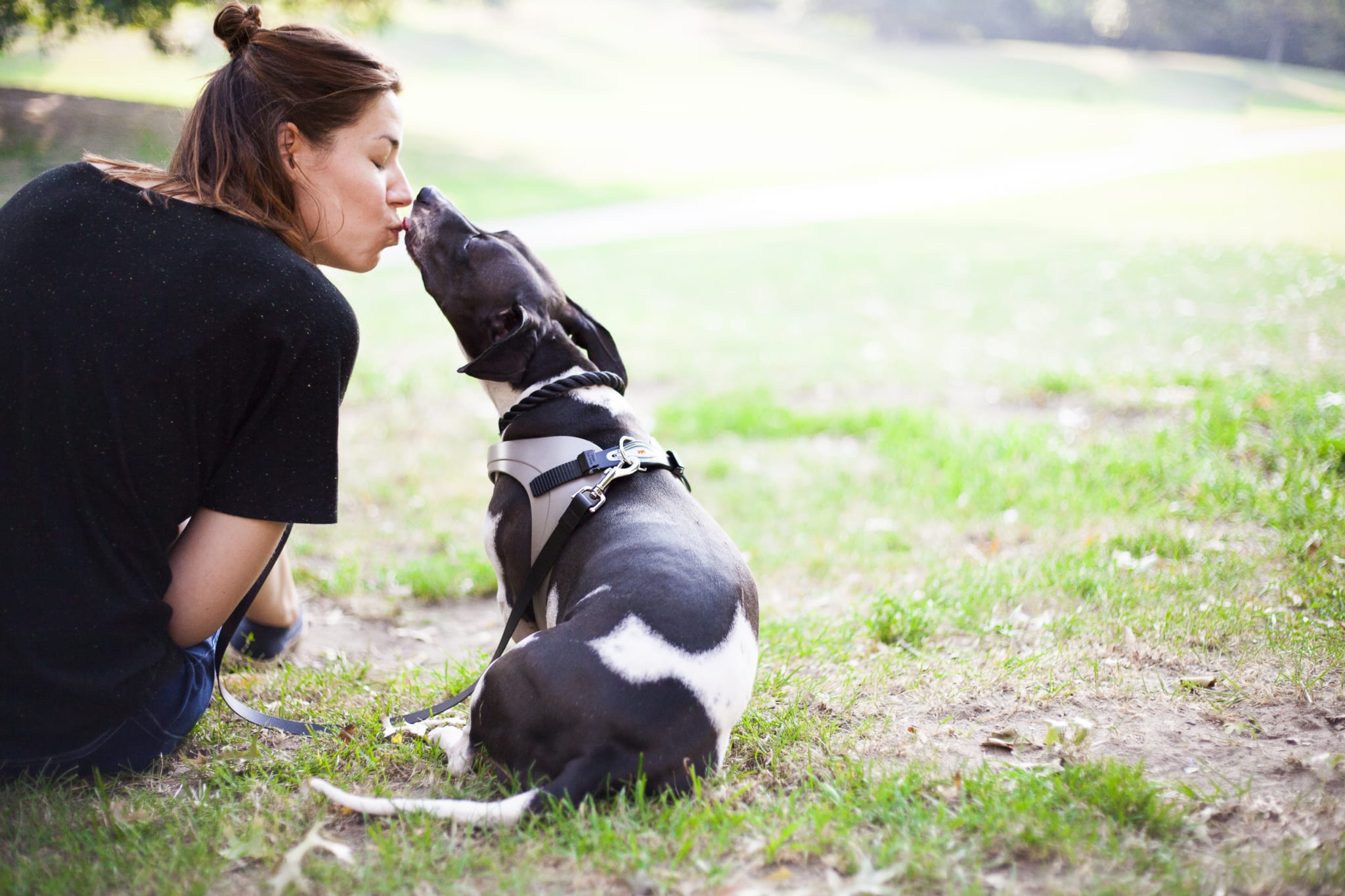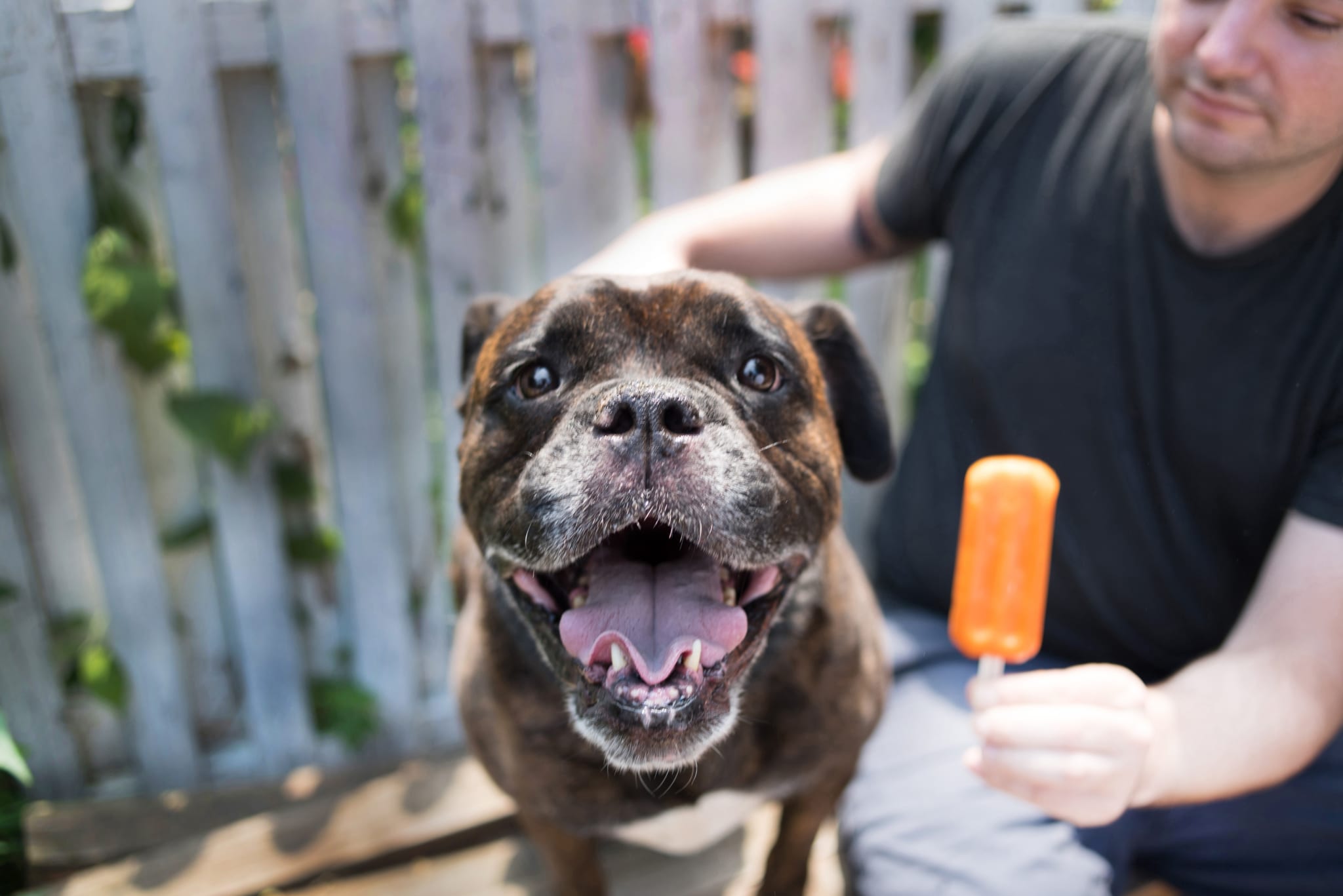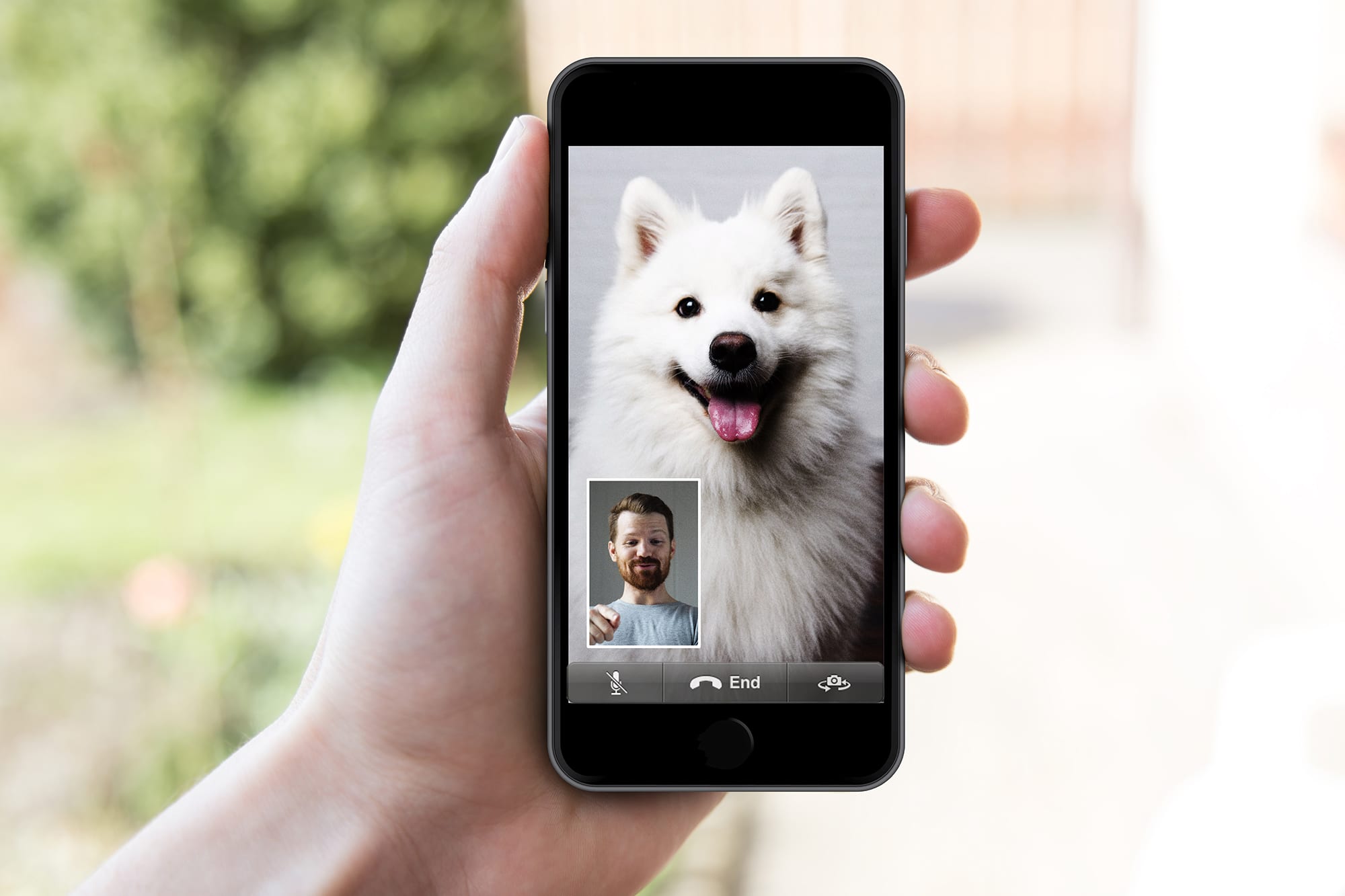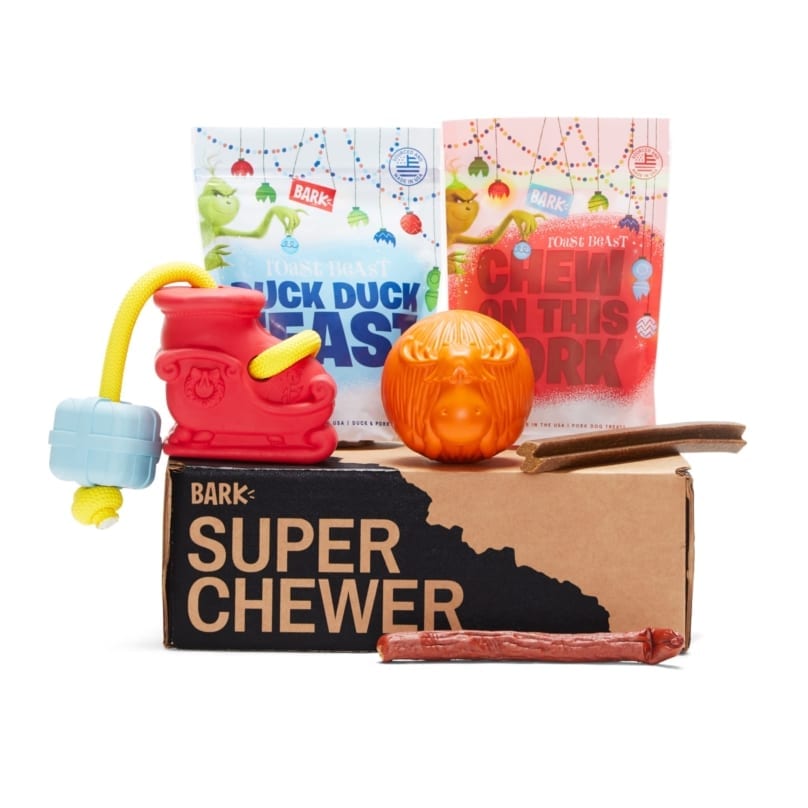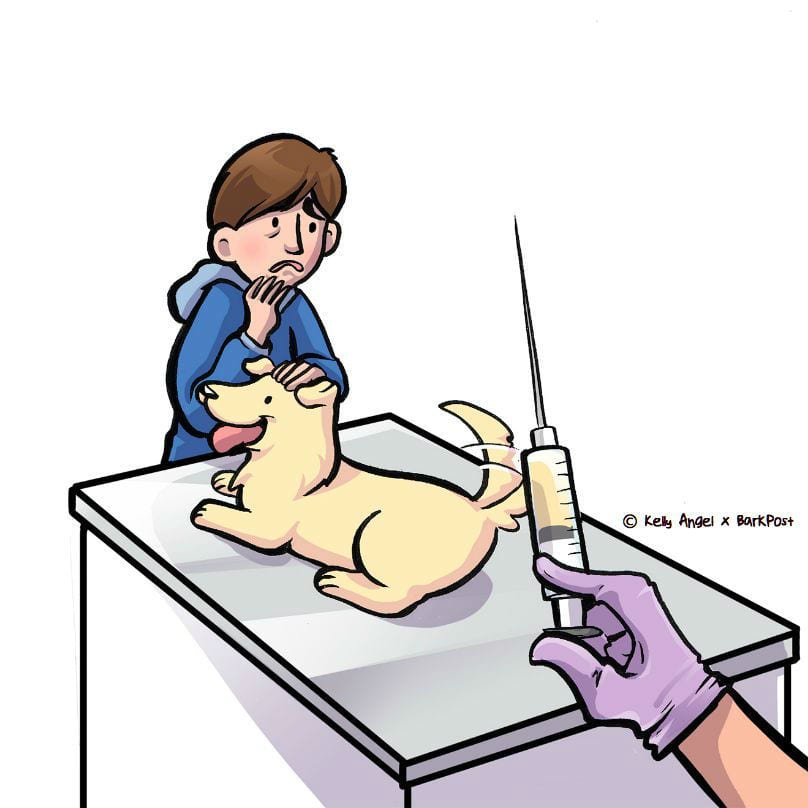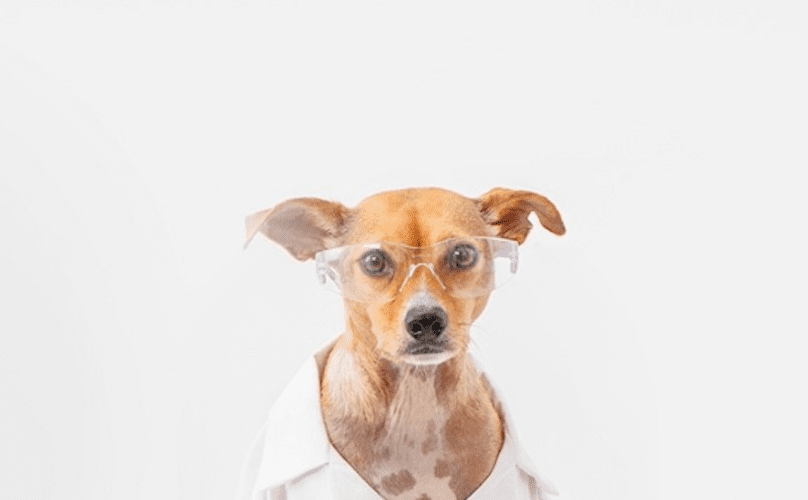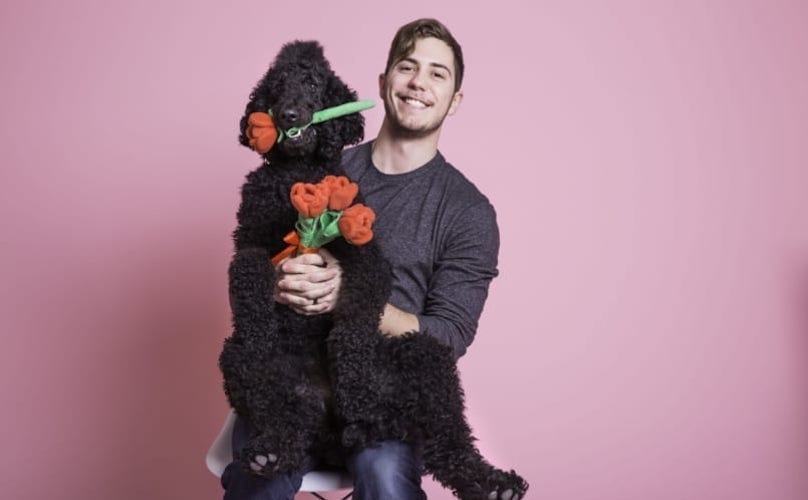Bad Dog Habits: What’s behind ’em?
For every frustrated pup owner whose dog has some er…less than desirable behaviors, don’t worry–you’re not alone. To help you solve your doggy dilemmas with positive reinforcement, we consulted trainer Shelby Semel. According to Semel, most common puppy faux “paws” are easy to tweak if you know the root cause of the behaviors and how to respond to them. Here are 12 things that our pups do that drive us nuts, and how you can nip them in the bud! The most common ones are:
-
- 1.
-
- 2. Jumping up
-
- 3. Chasing
-
- 4.
-
- 5. Begging
-
- 6. Digging
-
- 7. Potty accidents in the house
-
- 8. Gulping food
-
- 9. Nipping/Mouthing
-
- 10. Dog aggression
-
- 11. People aggression
-
- 12.
1. Barking
Barking is one of the most common complaints among dog owners — not to mention their neighbors. The truth is, some barking is a good thing. After all, your dog is simply following his instinct to alert you to a new stimuli. The issues arise when you have a pooch who barks uncontrollably and refuses to stop. It’s natural to respond by yelling over the noise, but adding in your own noisy two cents just heightens the excitement and reinforces the bad behavior. As this helpful meme explains.
Identify what makes your dog bark. Is he stressed? Excited? Seeking attention or food? Just plain bored? As with many behavior issues, exercise and plenty of stimulation are key. If your dog barks in order to get a desired reaction from you, like a treat, it is best to simply ignore them and reward quiet behavior. If the barking is stress or alert-related, redirect the pup to an acceptable behavior like play activity or a chew toy.
2. Jumping Up
Many dog lovers will tell you that they don’t mind an excited pooch jumping up on them as a greeting. Since the behavior is intended as a friendly gesture of genuine enthusiasm, what’s the harm? The problem is that dogs who jump up could potentially hurt someone, and must therefore be taught that jumping is never OK. If you allow your pup to leap up on your boyfriend, how is she to know that pouncing on your elderly neighbor is a no-no?
To end this issue, consistency is key. When you arrive home or have a guest entering the house, do not immediately greet your pooch. A joyful greeting will heighten that excited energy and lead to leaping. Instead, remain calm and assertive until your dog has a chance to come down off the high of seeing your beloved face. Once she is relaxed, feel free to let the lovin’ begin!
3. Chasing
If your dog has a habit of chasing cars, pedestrians, cyclists, or other dogs, it runs the risk of injuring itself or someone else. It is imperative to break this habit ASAP. First, make sure your dog masters the “sit,” “stay,” and “come” commands.
Then, begin your training indoors and graduate to outdoor trials using a long lead. You can also provide opportunities for your pup to run and chase in appropriate settings like the backyard or dog park. Additional safety precautions like microchipping or doggy GPS can provide extra peace of mind.
4. Chewing
Chewing seems to be hard-wired into every dog’s DNA. The key to reducing nuisance chewing (like on your wallet, furniture, or limbs) is to ensure your pooch has plenty of safe toy and bone alternatives. Most dogs chew and slobber due to teething, boredom, anxiety, or just plain old curiosity. Give your dog lots of exercise and mental stimuli to reduce mischief. If he does get a hold of your new sunglasses, correct him immediately, and replace the off-limits item with a responsible chew toy. And then, you know, buy yourself a new pair of sunglasses.
5. Begging
Is your pooch a mooch? The reason behind this behavior is simple: food is delicious and dogs want it! Especially the food we eat. The key to reducing begging is to ensure that you aren’t encouraging it. Acknowledging their behavior in any way — even by just saying “No” — shows your dog that he’s getting to you. If you insist on sharing with your best friend, save the nibbles for when you’re done with your meal – and put them in your dog’s bowl first before feeding it to them.
6. Digging
Once again, digging is part of your doggy’s modus operando, and they’ve been doing it for thousands of years, whether it’s to search for prey, find buried treasure, exercise their curiosity, or alleviate anxiety and boredom. By providing your pup with exercise, individual attention, and mental activities, their boredom and anxiety (not to mention penchant for digging) will be greatly reduced. If your dog is still turning your lawn into Swiss cheese, consider designating an area where he CAN dig — perhaps his own sandbox?
7. Potty accidents in the house
This can be one of the most frustrating doggy downers of all. Aside from being gross, a dog pooping in the house can be costly, leading to replacing flooring, new flooring, and extensive therapy. (Kidding. Sort of.)
Causes for inappropriate urination and defecation include medical issues, territory marking, anxiety, fear, attention-seeking, or lack of proper training. Your top priority is ruling out a medical cause with your veterinarian. Next, be sure to spay and neuter your pet, since behavioral marking occurs far more often with intact pets. If none of these problems are causing the behavior, it might be helpful to chart your pup’s food and water intake, as well as when they, you know, “go,” to track track when to expect pee breaks and daily constitutionals. When all else fails, consult a professional trainer!
8. Gulping Food
There’s a reason for your dog’s tendency to gulp, or “bolt,” their food. Back in the day of the wild canine, this behavior would help ensure that lower-level pack members got their fill of food before predators or superior pack members interfered.
Even though it’s nice to see your dog so excited by the fine meal you’ve prepared for them, shoveling it into their face can lead to vomiting, pancreatitis and bloating. If you have a ravenous pooch, invest in one of several feeding bowls on the market designed to slow down their eating. For a free fix, try scattering kibble across a hard flooring surface and let your little gobbler vacuum them up one at a time.
9. Nipping/Mouthing
When our dogs nip us, it’s usually to get our attention or initiate play. Don’t confuse this behavior with aggressive biting (we’ll cover that next). Dogs who interact with their litter mates for several weeks before adoption are more likely to learn about nipping and mouthing naturally, from each other. Similarly, you can curb this behavior in your adult dog by yelping when they bite too hard and immediately removing yourself from interaction for the next 10 seconds. Repeat this sequence until your pooch learns to be gentle during play. Regular social calls with other pup playmates will help to reinforce proper behavior as well. Instead, if you’re all about puppy kisses, you can train the to lick you in affection, not nibble.
10. Aggression Towards Other Dogs
Dogs who act out aggressively towards other dogs often do so because they are overly excited, fearful, or trying to protect their human. If you have taken in a rescue or adult dog, you may have to address a lack of training or existing bad habits. Reconditioning a pooch with dog aggression is best handled by a professional trainer, but there are several things you can do to ensure that you don’t add to the problem.
Remain calm and assertive in the presence of other dogs, keep your pup on a leash at all times, and avoid situations where confrontations with other dogs are inevitable. It’s also important to maintain a steady, casual pace on walks until you are safely past the other dog. Running, yelling, retreating and leash-tugging all contribute to the tense energy that leads to fights.
11. Aggression Towards People
Often times the way we respond to our dogs’ negative behaviors actually encourages them. Luckily, there are several ways you can avoid contributing to canine aggression towards others.
Whether you buy a puppy or adopt an older dog, socialization is key to having a well-rounded pooch. Puppies who grow up only knowing their owners tend to fear other humans simply because they are unfamiliar. Enroll your pup in a group training class, take him to visit your vet staff just for treats and snuggles, and stop to meet your neighbors on walks. The more friendly folks your dog meets, the less likely they’ll be to develop fear aggression. The same techniques can be helpful for adult dogs who are timid around humans. For more tips, check out this fabulous article from the ASPCA on desensitizing and counter conditioning.
Note: *A dog that is truly a safety risk towards people should be handled by a professional trainer. Do not attempt exposure therapy without professional supervision. *
12. Separation Anxiety
Heartbreaking to witness, stressful to the dog, and hell on your carpets, separation anxiety may be the most talked about dog behavior problem. All dogs hate to see their owners leave, but true separation anxiety involves destructive behaviors like damage to doors, windows, and furniture, excessive barking or howling, pacing and house soiling. Dogs with severe separation anxiety often benefit from prescription drugs, so be sure to consult your vet if you feel your dog’s behavior is extreme. While there are no plug-and-play solutions to this problem, oftentimes crate training helps.
At the end of the day…
Your actions may contribute to the problem, so avoid over-dramatic goodbyes and boisterous reunions. You can also help your pup’s anxious nerves by thoroughly exercising them prior to leaving, and making your departure a positive thing by providing them with delicious treats like a Super Chewer toy full of flavor, or a bad-ass BarkBox goodie! If these techniques fail, consult a trainer for professional desensitization techniques.

